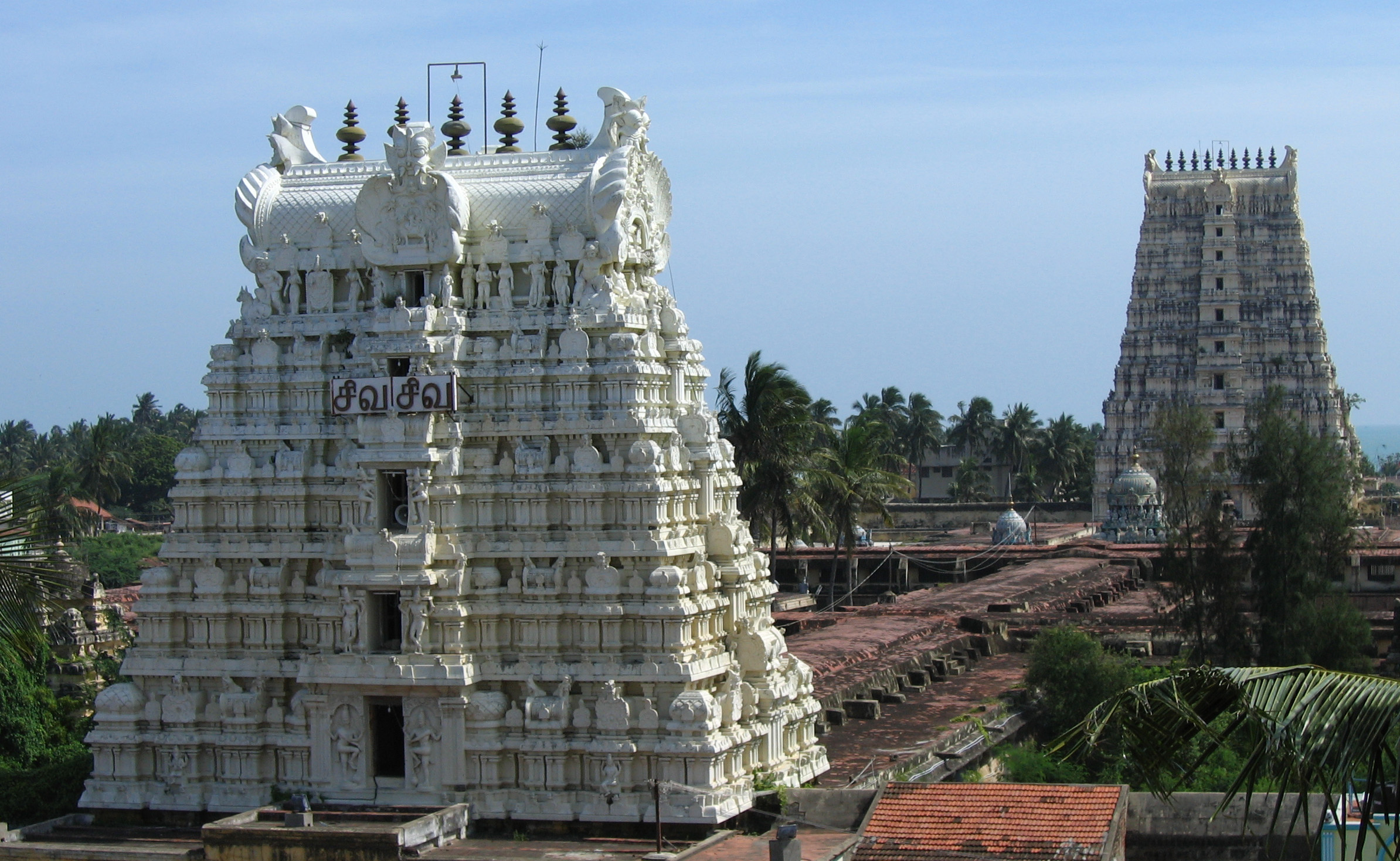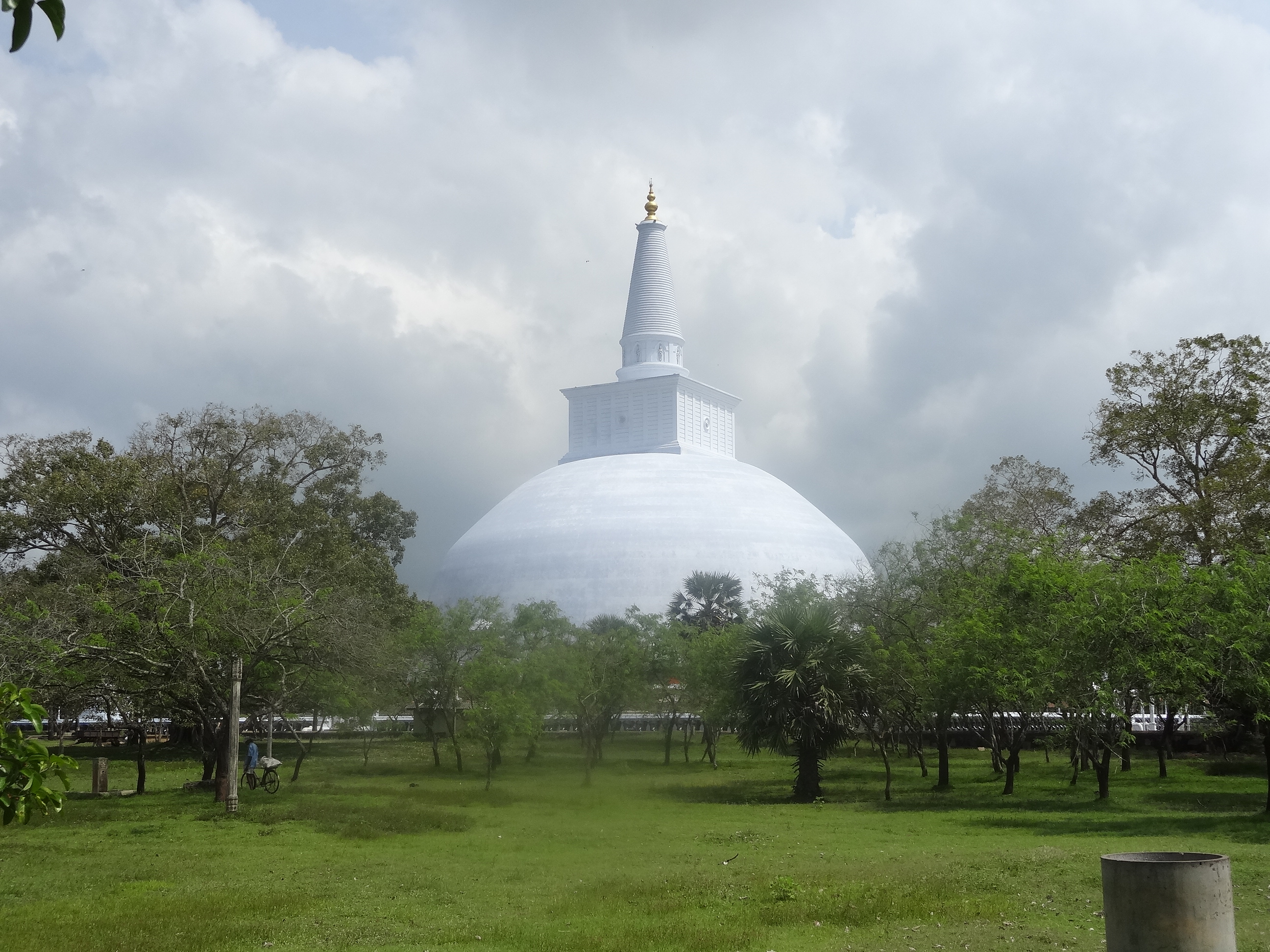Pandyan Civil War (1169–1177) on:
[Wikipedia]
[Google]
[Amazon]
The Pandyan Civil War from 1166 to 1182 was precipitated by rival claims of succession to the Pandyan throne. The Civil War began between Parakrama Pandyan and his nephew Kulasekhara Pandyan and lasted for next 15 years between successive Pandyan kings. The war gradually spread to the rest of Southern India when the Chola King Rajadhiraja II and the Sinhalese King
 The offensive began in 1171 or 1172; the Sinhalese Army and other units of Polonnaruwa led by Lankapura launched the attack on Ramesvaram. After sailing around the
The offensive began in 1171 or 1172; the Sinhalese Army and other units of Polonnaruwa led by Lankapura launched the attack on Ramesvaram. After sailing around the
 Vira Pandya remained a client of the Cholas, however, he decided to grant independence to the Pandya country. His hostilities against the Cholas begun at a time when Kulasekhara's son, Vickrama was rebelling against him. Despite receiving assistance from Parakramabahu, he was defeated and Vickrama ascended the throne. The armies of Parakramabahu controlled Rameshwaram until 1182.
Vira Pandya remained a client of the Cholas, however, he decided to grant independence to the Pandya country. His hostilities against the Cholas begun at a time when Kulasekhara's son, Vickrama was rebelling against him. Despite receiving assistance from Parakramabahu, he was defeated and Vickrama ascended the throne. The armies of Parakramabahu controlled Rameshwaram until 1182.
Parakramabahu I
Parākramabāhu I ( Sinhala: මහා පරාක්රමබාහු, 1123–1186), or Parakramabahu the Great, was the king of Polonnaruwa from 1153 to 1186. He oversaw the expansion and beautification of his capital, constructed extensiv ...
of Polonnaruwa
Poḷonnaruwa, ( si, පොළොන්නරුව, translit=Poḷonnaruva; ta, பொலன்னறுவை, translit=Polaṉṉaṟuvai) also referred as Pulathisipura and Vijayarajapura in ancient times, is the main town of Polonnaruwa Dis ...
entered the fray and took opposing sides in the conflict, eager to increase their influence in the Pandya kingdom.
In about 1169, Kulasekhara besieged Madurai
Madurai ( , also , ) is a major city in the Indian state of Tamil Nadu. It is the cultural capital of Tamil Nadu and the administrative headquarters of Madurai District. As of the 2011 census, it was the third largest Urban agglomeration in ...
, forcing the Pandyan king Parakrama I to appeal to the Sinhalese King Parakramabahu I
Parākramabāhu I ( Sinhala: මහා පරාක්රමබාහු, 1123–1186), or Parakramabahu the Great, was the king of Polonnaruwa from 1153 to 1186. He oversaw the expansion and beautification of his capital, constructed extensiv ...
for assistance. But before Parakramabahu I's army could reach Madurai, Parakrama I had been executed and Kulasekhara Pandyan had ascended the throne. However Parakrama's son, Vira Pandyan III, sided with the Polonnaruwa forces led by General Lankapura Dandanatha. The Polonnaruwa Army invaded the Pandyan kingdom and Kulasekhara pandyan was forced into exile.
Events
Prior to the war
Images of various gateway towers in the templeIn 1169 Kulasekhara Pandyan, a rival claimant of the Pandyan throne, besieged the Pandyan capital atMadurai
Madurai ( , also , ) is a major city in the Indian state of Tamil Nadu. It is the cultural capital of Tamil Nadu and the administrative headquarters of Madurai District. As of the 2011 census, it was the third largest Urban agglomeration in ...
. Pandyan king, Parakrama Pandyan I, had to call for military support from the King of Polonnaruwa
Poḷonnaruwa, ( si, පොළොන්නරුව, translit=Poḷonnaruva; ta, பொலன்னறுவை, translit=Polaṉṉaṟuvai) also referred as Pulathisipura and Vijayarajapura in ancient times, is the main town of Polonnaruwa Dis ...
, Parakramabahu I
Parākramabāhu I ( Sinhala: මහා පරාක්රමබාහු, 1123–1186), or Parakramabahu the Great, was the king of Polonnaruwa from 1153 to 1186. He oversaw the expansion and beautification of his capital, constructed extensiv ...
. By the time the Polonnaruwa Army was assembled for an invasion, it was too late. Parakrama Pandyan's position was overrun and Kulasekhara had ascended the throne as Kulasekhara Pandyan I. Parakramabahu I instructed his general Lankapura Dandanatha to invade Pandya and besiege Madurai, thus overthrowing Kulasekhara.
Sinhalese offensive
 The offensive began in 1171 or 1172; the Sinhalese Army and other units of Polonnaruwa led by Lankapura launched the attack on Ramesvaram. After sailing around the
The offensive began in 1171 or 1172; the Sinhalese Army and other units of Polonnaruwa led by Lankapura launched the attack on Ramesvaram. After sailing around the Palk strait
The Palk Strait ( ta, பாக்கு நீரிணை ''Pākku Nīriṇai'', si, පෝක් සමුද්ර සන්ධිය ''Pok Samudra Sandhiya'') is a strait between the Tamil Nadu state of India and the Jaffna Distric ...
for a day, Lankapura landed at Ramesvaram with the Polonnaruwa forces. However, he plundered the Rameshvaram temple's treasury prior to taking position; afterwards they took up defensive positions in a nearby place called Kundukala, Lankapura named this place as ''Parakramapura'' (in Pali
Pali () is a Middle Indo-Aryan liturgical language native to the Indian subcontinent. It is widely studied because it is the language of the Buddhist ''Pāli Canon'' or ''Tipiṭaka'' as well as the sacred language of ''Theravāda'' Buddhism ...
. meaning: the Land of Parakrama). Lankapura received a message from Vira III, the surviving son of Parakrama Pandyan; after being aware that he is alive, Lankapura allied with him. Prisoners of Lankapura were either killed or enslaved; a large amount of Tamils were sent to repair the Ruwanwelisaya
The Ruwanweli Maha Seya, also known as the Mahathupa (), is a stupa (a hemispherical structure containing relics) in Anuradhapura, Sri Lanka. Two quarts or one Dona of the Buddha's relics are enshrined in the stupa, making it the largest collec ...
, which was damaged by the Cholas prior to the war.Sastri. 1935
Lankapura defeated the chieftains who were apparently loyal to Kulasekhara, at Madamdura; and later took possession of Patapatha, defeating its chieftains.
Kulasekhara Pandya put up a fierce resistance against the invasion, and appealed to the Chola King Rajadhiraja II for military support. Rajadhiraja responded by sending a powerful force led by commander Pallavarayar. The Chola Army met the Polonnaruwa forces in a couple of pitched battles at Kilenilaya (identified with the modern-day Kilnilai) and Ponnamaravathi.In addition to the Cholas, Kulasekhara appealed to some Kongu chieftains, who helped him mobilize his forces. The army led by Lankapura advanced to Madurai crushing the defenses deployed by the Chola army. Kulasekhara fled Madurai in panic as Vira Pandya was installed on the throne. Lankapura now took the battle into Chola territory.
Chola offensive
Rajadhiraja II then responded by sending his commander Thiruchitrambalamudaiyan Perumanambi along with a strong army with specific instructions to kill Lankapura and Jagad Vijaya of the Polonnaruwa Army and hang their heads from the gates of the palace of Madurai. Army of Ceylon (was destroyed) and its generals Lankapura-Dandanayaka and Jagattraya-Dandanayaka put to death, their heads mounted on the gates of Madura, and (thereafter) Kulasekhara was allowed to enter this city (i.e., Madura) (source: Tiruvalangadu Inscription of Rajadhiraja II)after overthrowing the previously installed Vira Pandya, he returned to the Chola country. Kulasekhara was installed as Pandyan king. Cholas promised to protect the Kulasekhara throne. Following rumours that Parakramabahu was preparing for another invasion, Rajadhiraja II sent a brigade commanded by Annan Pallavarayan to launch a pre-emptive strike. Annan Pallavarayan invaded Polonnaruwa and destroyed Parakramabahu's preparations for the invasion. The Cholas also provided support to Sinhalese Prince Sri Vallabha, nephew of Parakramabahu and a rival claimant to the Polonnaruwa throne. Sri Vallabha decided to stay in the Chola camp, assisting the Cholas.Ancient Jaffna. pp. 269-270 According to K. A. Sastri Nilakanta, Parakramabahu did a ''volte-face'' by sending costly gifts such as jewels and gold to Kulasekhara convincing him to invade the Chola Kingdom. Kulasekhara invaded the Cholas but was defeated and driven out. Chola forces then successfully invaded the Pandya kingdom and reinstalled the Prince Vira Pandya on the throne. However, S. K. Aiyangar notes that Kulasekhara died in the course of the war, and his son Vickrama Pandya kept rebelling against the occupying forces.Aftermath
Legacy
Impact
The war led to the weakening of the Chola kingdom, and it completely dissolved before its territory was absorbed into the rival kingdom of Pandya. Polonnaruwa seems to have been unaffected, Parakramabahu in 1181 invaded Burma. Also it's to be noted that the city of Rameshvaram remained under control of Sinhalese armies until the end of the reign of Nissanka Malla.Sri Lanka in Early Indian Inscriptions. p. 5Second conflict
The death of Jatavarman Pandyan occurred in 1308, a second conflict stemmed from succession disputes amongst his sons, Jatavarman Sundara Pandyan III, the legitimate and younger son and Jatavarman Veera Pandyan II, the illegitimate older son who was favoured by the king. Accounts from Muslim historians Wassaf andAmir Khusrau
Abu'l Hasan Yamīn ud-Dīn Khusrau (1253–1325 AD), better known as Amīr Khusrau was an Indo-Persian culture, Indo-Persian Sufi singer, musician, poet and scholar who lived under the Delhi Sultanate. He is an iconic figure in the cultural his ...
say he was killed by Jatavarman Sundara Pandyan III in 1310.
See also
*Parakrama Pandyan II
Parakrama Pandyan II, also Pandu Parakramabahu of Polonnaruwa or Parakrama Pandu, was a Pandyan king who invaded the Kingdom of Polonnaruwa in the thirteenth century and ruled from 1212 to 1215 CE. His namesake royal Parakrama Pandyan I had rule ...
*Chola conquest of Anuradhapura
The Chola conquest and occupation of Anuradhapura Kingdom was a military invasion of the Kingdom of Anuradhapura by the Chola Empire. It can be seen as an ensuing conflict between Chola and Sinhalese kings after the initial conflict between C ...
*Anuradhapura invasion of Pandya
The Sack of Madurai in 862 was a military expedition led by the Anuradhapura King Sena II, whose army under the command of general Kuttaka, invaded the region of Pandi Nadu and seized Madurai, the capital of the Pandya Empire then ruled by S ...
* Parakramabahu I#War with Bagan
References
Citations
Bibliography
* * * * * * * * * * * * * {{DEFAULTSORT:Pandyan Civil War (1169-1177) Pandyan Civil War (1169–1177) Civil wars of the Middle Ages 12th century in India 12th-century conflicts Pandyan dynasty 1160s conflicts 1170s conflicts Civil wars involving the states and peoples of Asia 1160s in Asia 1170s in Asia History of Tamil Nadu Pandyan Empire Wars of succession involving the states and peoples of Asia Wars involving Sri Lanka Kingdom of Polonnaruwa Proxy wars Conflicts in 1173 Conflicts in 1174 Conflicts in 1175 Conflicts in 1176